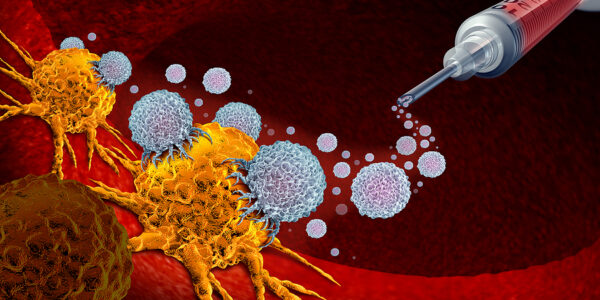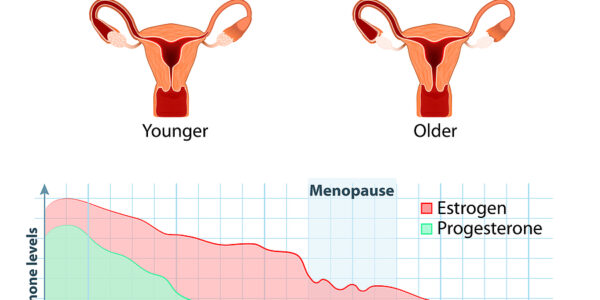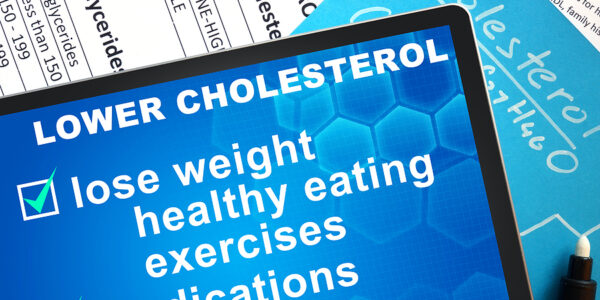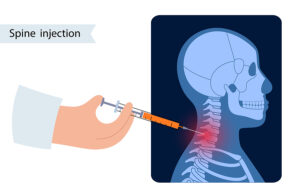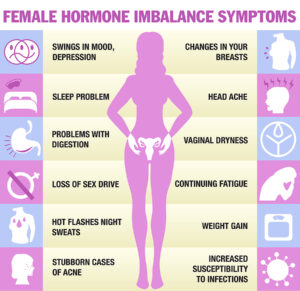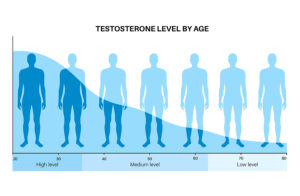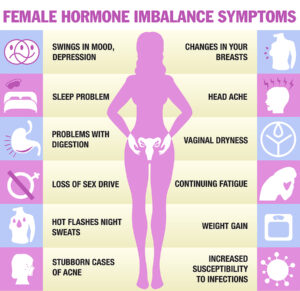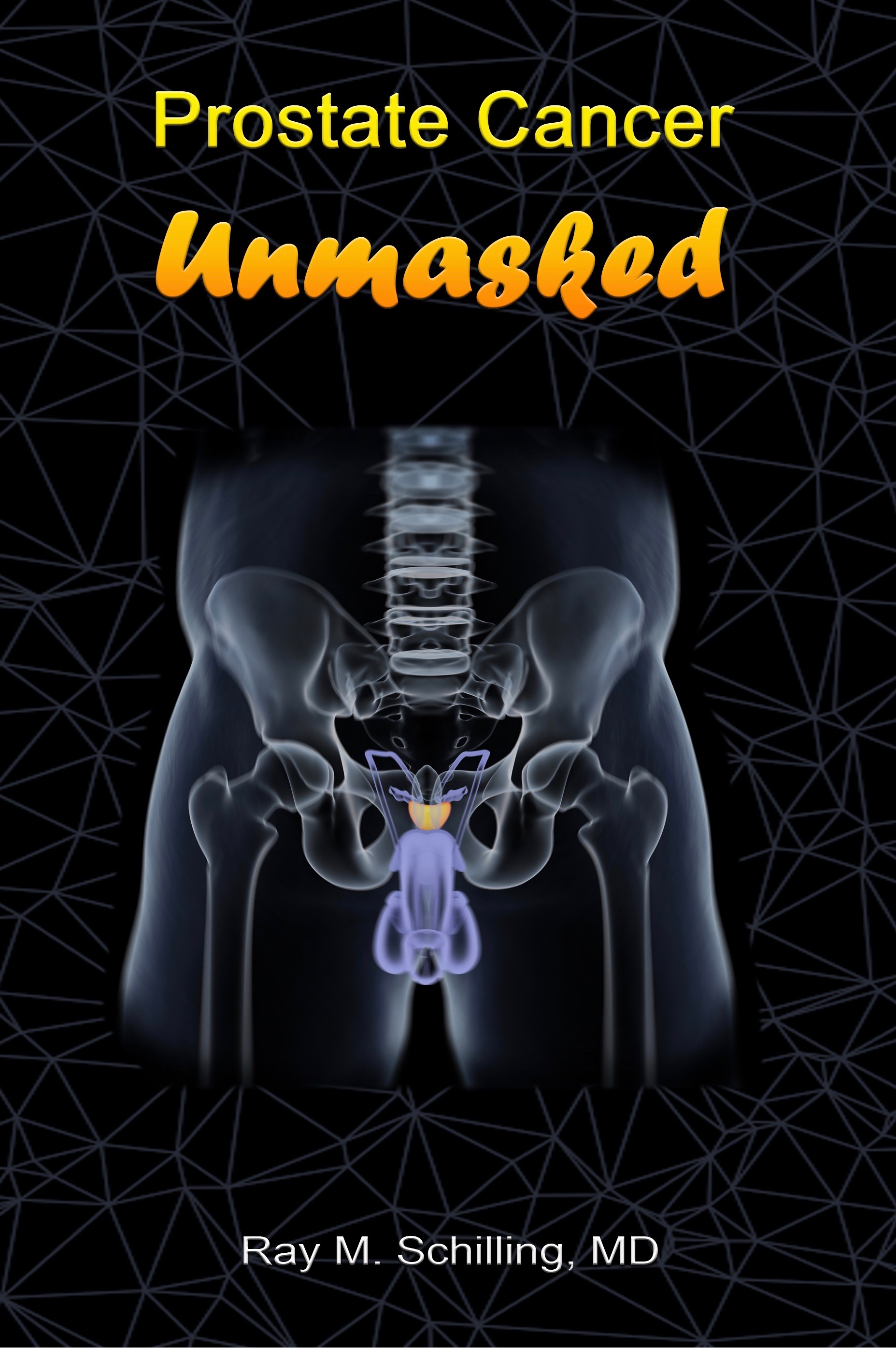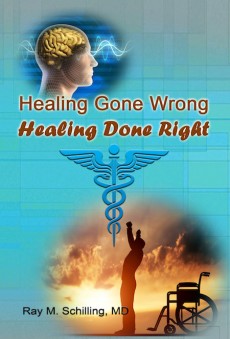Previously treated, I now needed more stem cell treatments of my lower cervical and upper thoracic spine. I reported before about stem cell therapy of my left knee and my spine. My knee continues to do well. I go to the gym for regular exercises and do ballroom dancing with my wife.
But my lower neck started aching again after about 3 months. Surprisingly, the lower back stayed well. This is where I had stem cell treatments of the facet joints of L4 to S1 one year earlier. I have chronically poor posture in the lower cervical/upper thoracic spine. It is not surprising that some of the symptoms of chronic pain in my lower neck/upper thoracic spine came back. My chiropractor told me that it was the C4/5 area of the lower cervical spine and the T3/4 area of the thoracic spine, which were stiff and likely caused my recurrent pain.
Specific details of my repeat stem cell treatment
I saw Dr. Weber on March 27 and 28. He did a liposuction on March 27, 2023. The fat sample was processed in a cell separator to get a highly concentrated stem cell fraction. I received a portion of this in normal saline intravenously. On March 28 Dr. Weber inserted interstitial needles right down to the facet joint bones of C4/5 bilaterally and to T3/4 bilaterally. Each side received 1.5 ml of stem cells and PRP. PRP stands for platelet rich plasma, which contains growth factors to stimulate the stem cells. I explained this in detail under the above link regarding last year’s treatment. Subsequently Dr. Weber used several laser frequencies for 20 minutes each to stimulate the injected stem cells, after which he removed the interstitial needles.
Follow-up following stem cell treatment
For about two weeks I felt a slight increase of pain in the injected areas. But using the Weber Laser watch with extension I treated the lower neck/upper back daily. This halved the pain and made it acceptable. In the third week after treatment, I occasionally forgot to treat with the laser, because the pain had improved. In the fourth week after the treatment, I treated my neck and upper thoracic spine only two to three times per week. My range of motion in the neck has improved by about 30%. My dance instructor noted that my upper back posture has significantly improved.
Discussion
When you read about stem cell treatments, you often get no information about follow-up data. Others tell you that one treatment would be good for 10 to 15 years. My own experience tells me differently. My left knee seems to be cured of the degenerative changes it presented with before. But my lower neck/upper thoracic spine suffered postural problems and stiffness since age 12. This means that we are trying to cure 66 years of poor posture with one session. Obviously, this is not likely to happen. I can be glad, if there is a gradual improvement and that pain issues are dealt with as time goes on. The good news is that stem cells will always be in my fat tissue as a potential resource. If needed, I can always return in 1 or 2 years and have another stem cell treatment to my lower neck/upper thoracic spine area and see more improvement as a result of this.
Conclusion
Stem cell therapy from your own fatty tissue is an accepted treatment modality for degenerative changes in joints. These joints can be knees, hips, but also the small facet joints along the spine. Here I am describing a follow-up treatment for lower cervical/upper thoracic spine pain. One treatment alone may not give you complete relief. But stem cell treatments can be repeated in the next one or two years to get more relief than before. I do not know how many more treatments I will need, but I know that there is considerable improvement for a 66-year-old postural problem even now after two stem cell treatments. Time will tell, if I will become completely pain free. The important message to learn from this is that stem cell therapy can be repeated when it is only partially effective. You carry with you an endless supply of stem cells that you can tap into when you need it. And you can be certain that each treatment will result in improvement.
